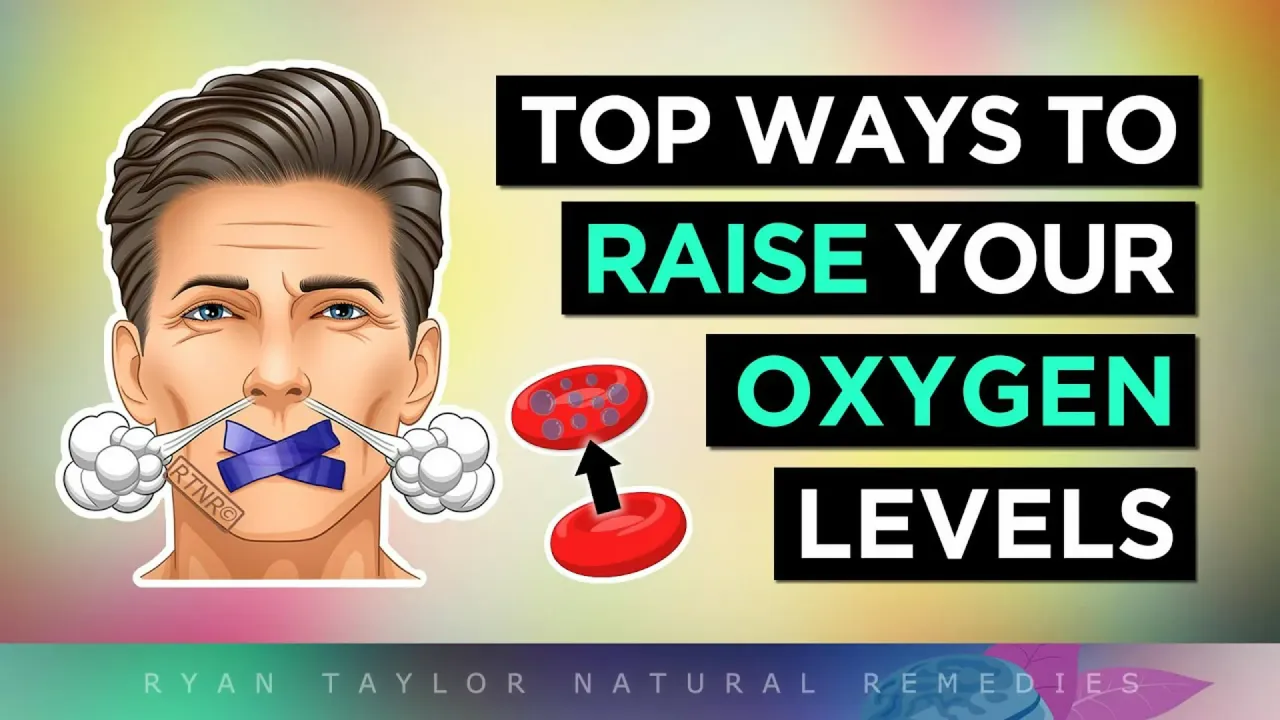Oxygen is a vital element for sustaining life, as it fuels every cell in the body. Proper oxygenation ensures that your organs, tissues, and cells function optimally. Low oxygen levels can lead to fatigue, shortness of breath, and even long-term health complications. Fortunately, there are natural ways to enhance oxygen levels in your blood and cells. This article explores the most effective methods to achieve this goal.

Why Is Oxygen Important for Your Body?
Oxygen plays a critical role in maintaining cellular health. When you breathe in air, oxygen enters your lungs and binds with red blood cells. These oxygen-rich cells travel through your bloodstream to deliver oxygen to every organ and tissue in your body. At the cellular level, oxygen is used to produce energy through a process called cellular respiration.
When blood oxygen levels drop below normal (typically 95–100% as measured by a pulse oximeter), it can lead to symptoms such as fatigue, dizziness, or difficulty breathing. Chronic low oxygen levels may result from conditions like asthma, chronic obstructive pulmonary disease (COPD), or other lung diseases.
Top Ways to Naturally Increase Oxygen Levels
Here are some proven strategies to boost the amount of oxygen circulating in your blood and reaching your cells:
1. Breathe Fresh Air
One of the simplest ways to increase oxygen intake is by exposing yourself to fresh air. Spending time outdoors or opening windows at home allows you to inhale cleaner air with higher oxygen content compared to indoor environments.
- Take daily walks in parks or green spaces.
- Use air purifiers indoors if outdoor air quality is poor.
- Avoid polluted areas whenever possible.
2. Quit Smoking
Smoking damages lung tissues and reduces their ability to absorb oxygen efficiently. Quitting smoking not only improves lung function but also enhances circulation within weeks of cessation.
- Within 2–3 weeks of quitting smoking, circulation improves significantly.
- After 1–9 months of quitting, shortness of breath decreases as lung capacity begins recovering.
Seek professional help or join support groups if needed for smoking cessation.

3. Practice Breathing Exercises
Breathing exercises can strengthen your lungs and improve their efficiency in absorbing oxygen. Two popular techniques include:
- Pursed-Lip Breathing: Inhale deeply through your nose for about two seconds, then exhale slowly through pursed lips for four seconds.
- Diaphragmatic Breathing (Belly Breathing): Focus on using your diaphragm rather than shallow chest breathing by expanding your abdomen during inhalation.
These exercises help open up airways and promote better gas exchange between oxygen and carbon dioxide.
4. Stay Physically Active
Regular physical activity increases heart rate and improves circulation, allowing more efficient delivery of oxygen throughout the body.
- Engage in light aerobic activities like walking or swimming if intense exercise feels challenging.
- Gradually build endurance with consistent movement over time.
Exercise also stimulates deeper breathing patterns that enhance lung capacity.

5. Maintain Proper Hydration
Staying hydrated ensures that your blood remains fluid enough for optimal circulation. Dehydration can thicken blood consistency, making it harder for red blood cells to transport sufficient amounts of oxygen.
Drink plenty of water throughout the day—aim for at least 8 glasses unless advised otherwise by a healthcare provider due to specific medical conditions.
6. Eat Foods Rich in Iron and Antioxidants
Iron is essential for producing hemoglobin—the protein responsible for carrying oxygen within red blood cells—while antioxidants protect against oxidative stress that can impair cellular function.
Incorporate these foods into your diet:
- Iron-rich foods: Spinach, lentils, lean meats
- Antioxidant-rich foods: Berries, nuts, leafy greens
Pair iron sources with vitamin C-rich foods (like oranges) to enhance absorption.
7. Optimize Your Posture
Poor posture compresses the diaphragm and restricts lung expansion during breathing. Sitting upright or standing straight allows maximum airflow into the lungs while reducing strain on respiratory muscles.
Consider practicing yoga or stretching routines designed specifically for improving posture over time.

Signs You May Need Medical Attention
While these natural methods are effective for many people looking to increase their blood oxygen levels, persistent symptoms such as severe shortness of breath or fatigue may indicate an underlying medical condition requiring professional evaluation. Consult a healthcare provider if:
- Your pulse oximeter consistently shows readings below 90%.
- You experience chest pain alongside difficulty breathing.
In some cases, supplemental oxygen therapy may be necessary under medical supervision.
Conclusion
Boosting blood and cellular oxygen levels doesn’t have to be complicated—it often starts with simple lifestyle changes like spending more time outdoors or practicing mindful breathing techniques. By incorporating these strategies into daily life alongside proper hydration and nutrition habits, you can improve overall well-being while supporting optimal respiratory function naturally.
Remember that consistent effort yields long-term benefits when it comes to enhancing both physical vitality and mental clarity through better oxygenation!
Top 3 Authoritative Sources Used:
- American Lung Association
The American Lung Association provides expert guidance on maintaining respiratory health through education on lung diseases like COPD and asthma while offering resources on smoking cessation programs. - National Heart, Lung, and Blood Institute (NHLBI)
NHLBI offers comprehensive information about cardiovascular health related directly to lung function along with research-backed insights into improving overall respiratory efficiency. - World Health Organization (WHO)
WHO delivers global perspectives on public health issues including air quality’s impact on respiratory health while promoting evidence-based interventions aimed at reducing risks associated with low blood oxygen levels.




